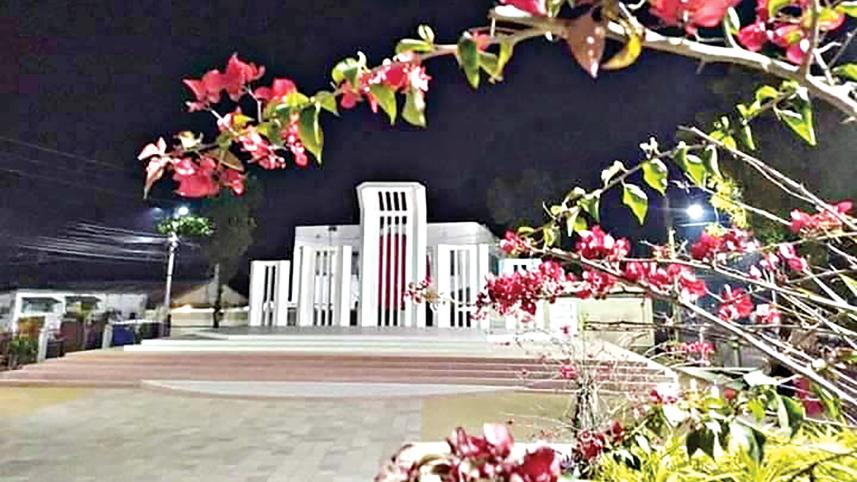The second Shaheed Minar

Jashore's fight for mother tongue began in February 1948, and during the course of the language movement, it eventually became the home to the second Shaheed Minar after Rajshahi in February 1952.
According to Fakhre Alam's book "Jashore Er Bhasha Andolon", on February 28, just like in Dhaka, a "Rashtrabhasha Sangram Parishad" was formed in Jashore town, with Alamgir Siddiqui and Ranjit Mitra as its joint conveners.
This council became the driving force behind the movement in the town.
On March 2, a meeting took place at Michael Madhusudan College, bringing together student leaders like Sudhir Roy, Hamida Rahman, and Alamgir Siddiqui. It was here that the call for a full-scale strike and procession on March 11 was issued. The students, determined to amplify their voices, held meetings on March 7 and organised separate processions and rallies on March 8 and 9.
The authorities, sensing the growing unrest, attempted to quell the movement by imposing Section 144 in Jashore town on March 10. However, this repressive measure only fuelled the students' resolve. They held an emergency meeting and decided to violate Section 144.
On March 11, students took to the streets as planned, their procession echoing with the powerful slogans "We want Bangla as the state language".
The peaceful protest was met with brute force as police arrested 50 student leaders. This act of repression, however, did not break the students' spirit.
According to Badruddin Umar's book "Purbo Banglar Bhasha Andolon O Totkaleen Rajniti [Part 1]", the strike on March 11 was successful, shutting down virtually every school and college in town. Processions poured out from various educational institutions. At a meeting of the Sangram Parishad that day, it was decided to continue the strike indefinitely.
The most eventful day of the 1948 movement in Jashore was on March 13.
A massive procession, joined by people from all walks of life, including government employees, marched in support of the arrested students who were being produced in court.
As the procession neared the Collectorate building, the demonstration turned violent after the police intervened. The baton charge by the police was met with resistance from the crowd, turning the area near Dartana intersection into a battlefield. The police then opened fire, and Alamgir Siddiqui was shot in the leg.
The events of March 13 reached East Bengal Chief Minister Khwaja Nazimuddin, prompting him to assure an investigation into the police excesses. The movement in Jashore continued beyond March 18.
SPIRIT REKINDLED
The spirit of resistance was rekindled in 1952. News of the student killings in Dhaka on February 21 once again ignited protests in Jashore, with Michael Madhusudan College becoming the epicentre of the renewed movement.
According to Ahmed Rafiq's book "Bhasha Andolon: Teknaf to Tetulia", a meeting was held at the Jashore Town Hall, where a decision was taken to erect a Shaheed Minar.
Students started building the memorial that very night and the work was completed early morning on February 22. This makes it the second Shaheed Minar after the one in Rajshahi. Afterwards, students placed floral wreaths there as a silent tribute to the fallen heroes.
On February 28, Jashore observed a symbolic Martyr's Day. The town reverberated with processions and rallies demanding Bangla as the state language.
From the initial sparks of 1948 to the renewed fervour of 1952, the people of Jashore played a crucial role in the fight for linguistic and cultural rights, leaving an indelible mark on the history of the Language Movement.
Translated and edited by Subrata Roy.




 For all latest news, follow The Daily Star's Google News channel.
For all latest news, follow The Daily Star's Google News channel.
Comments